How to Color Your Hair Like a Pro—For Less Than $15!
By Jenny Bailly
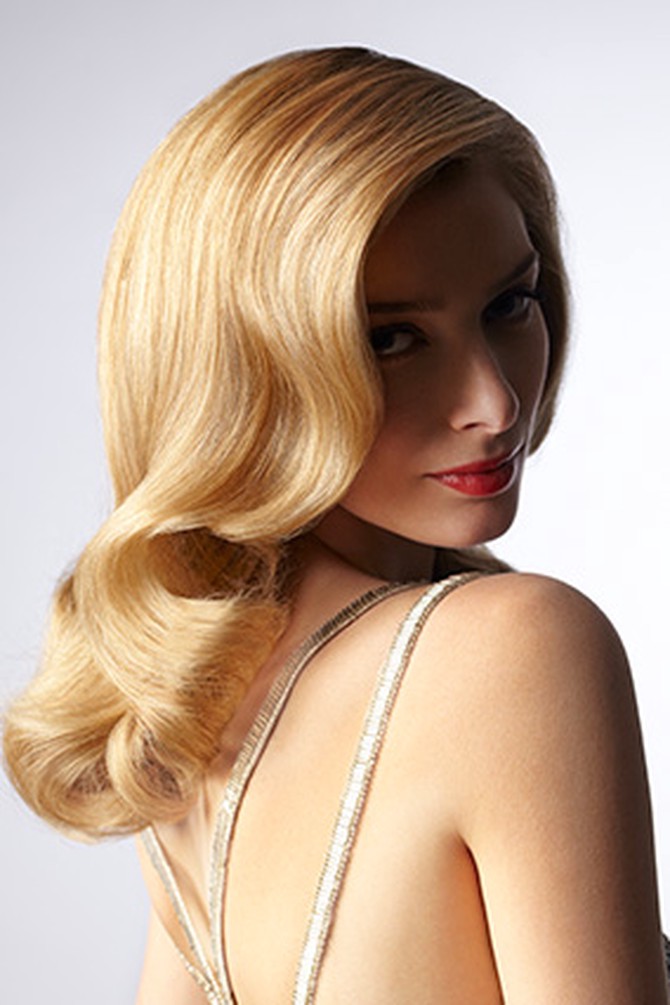
Photo: Sergio Kurhajec
The latest at-home dyes—translucent, deeply conditioning—can transform your haircolor from lackluster to positively lustrous. Colorist Rick Wellman of the Patrick Melville Salon & Spa in New York City shows three women how to pull off some truly gorgeous hocus-pocus.
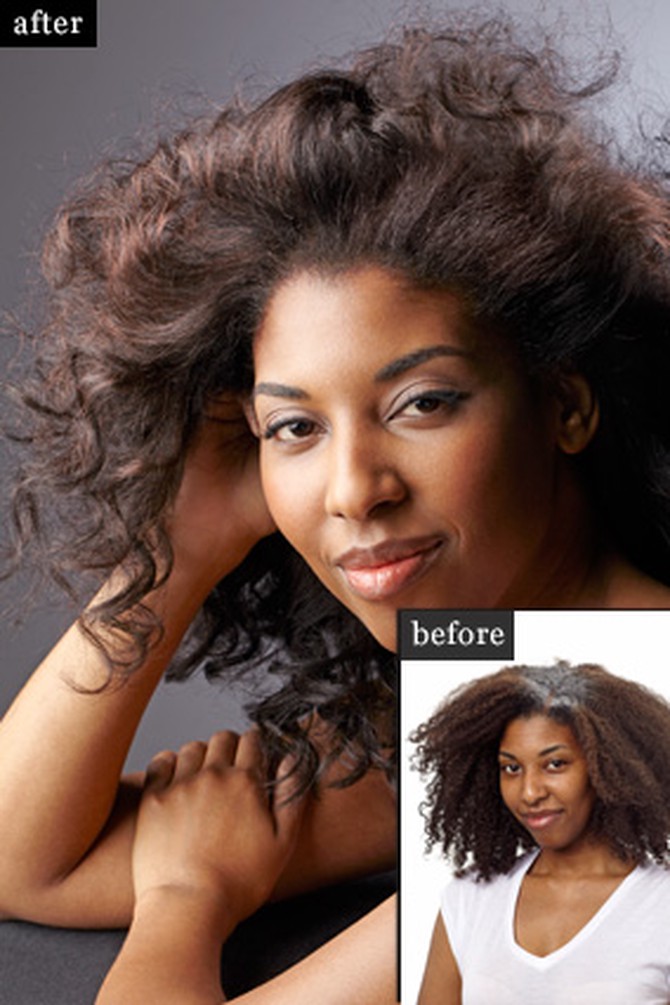
Photo: Sergio Kurhajec
Cover Gray Roots and Revitalize Natural Color
Khadijah Queen
Writer, 37
Wellman suggests two shades of brown to cover grays—one to conceal roots and another to add vibrance throughout.
Get the step-by-step guide
Writer, 37
Wellman suggests two shades of brown to cover grays—one to conceal roots and another to add vibrance throughout.
Get the step-by-step guide
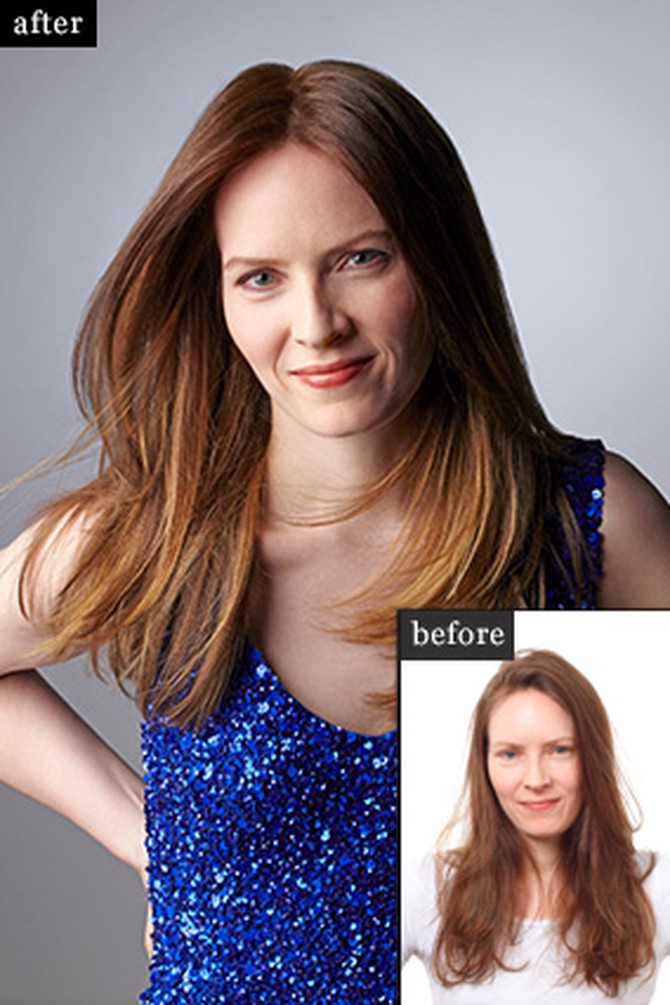
Photo: Sergio Kurhajec
Bring Shine and Dimension to Flat Brown Color
Krista Blomberg
Fashion Designer, 35
Bring rich, full color to bland hair with a combination of highlights and demipermanent color.
Get the step-by-step guide
Fashion Designer, 35
Bring rich, full color to bland hair with a combination of highlights and demipermanent color.
Get the step-by-step guide
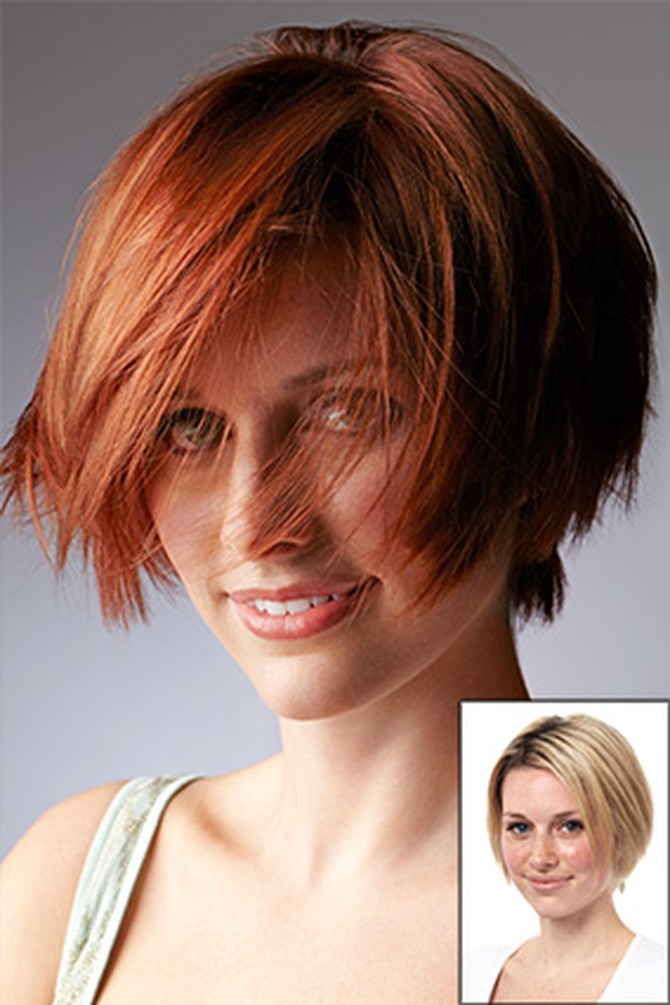
Photo: Sergio Kurhajec
Transform Overprocessed Blonde Into Rich Auburn
Dana Rowe
Advertising Account Manager, 31
Bleached blonde hair can be difficult to color, so Wellman used a mix of dyes to achieve a bold copper shade.
Get the step-by-step guide
Advertising Account Manager, 31
Bleached blonde hair can be difficult to color, so Wellman used a mix of dyes to achieve a bold copper shade.
Get the step-by-step guide
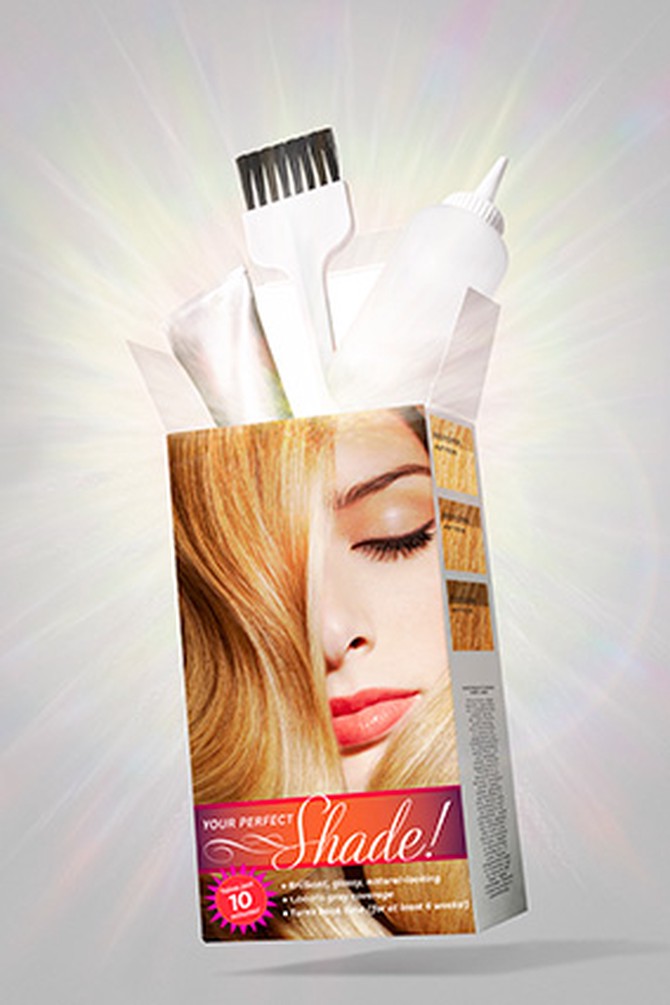
Photo: Sergio Kurhajec, Still Lifes: Gregor Halenda
Demipermanent Versus Permanent Color
Demipermanent dye (often labeled "lasts through 28 shampoos" or "nonpermanent") can't lighten your hair or cover large areas of gray. It contains no ammonia and less peroxide than a permanent dye. Choose one if you want to make your color deeper or shinier, and if you don't have a lot of gray. Keep in mind: On "virgin" (colorist-speak for dye-free) hair, a demipermanent dye could wash away in as little as two weeks. If your hair is already colored (and especially if it is bleached), it will retain any color longer; even a demipermanent dye can last several months.
Permanent dye has enough peroxide to effect a more dramatic change that will last until your hair grows out. Use one if you want to lighten your hair or go more than two shades darker, or if you are more than 30 percent gray. The most exciting newcomers in this category: Garnier Olia, which includes four different oils, and Revlon Luxurious ColorSilk Buttercream, loaded with mango, shea, and coconut butters. (Garnier, $10, and Revlon, $6; drugstores)
Permanent dye has enough peroxide to effect a more dramatic change that will last until your hair grows out. Use one if you want to lighten your hair or go more than two shades darker, or if you are more than 30 percent gray. The most exciting newcomers in this category: Garnier Olia, which includes four different oils, and Revlon Luxurious ColorSilk Buttercream, loaded with mango, shea, and coconut butters. (Garnier, $10, and Revlon, $6; drugstores)
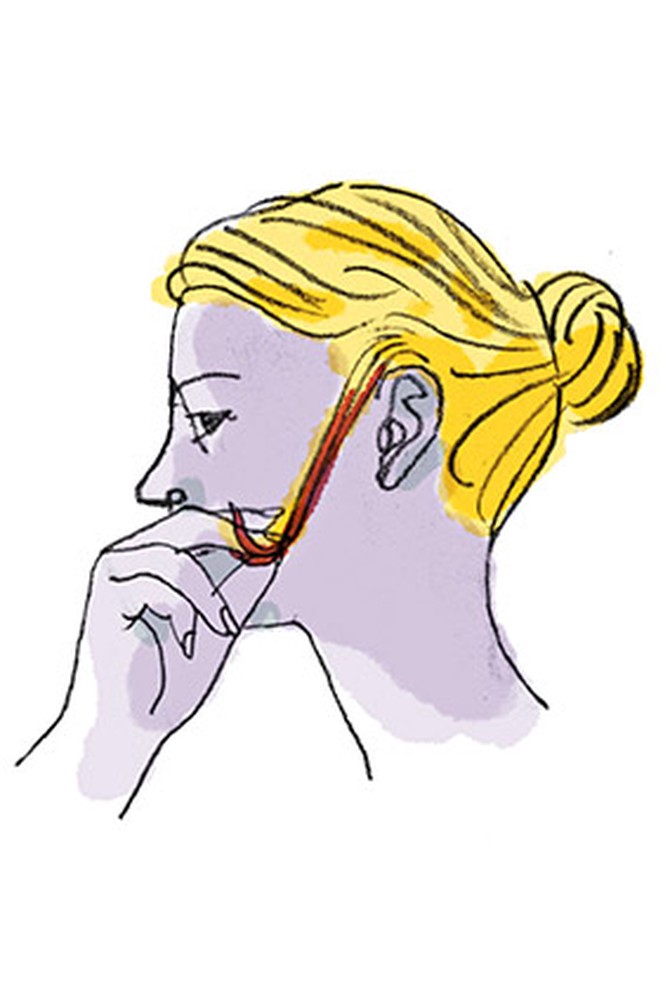
Illustration: Elvis Swift
The Strand Test
The first step in any dye job is a strand test (using a quarter-inch-wide section of hair above your ear, underneath the top layer of hair). Note exactly how long the dye should stay on to reach your desired color. (If you're using two colors, strand-test both.) If you have coarse, resistant grays, you may need to leave the dye on longer than the box prescribes. If you have processed (in particular, bleached) hair, it will absorb color more quickly and you may need to rinse before the designated time is up.
Next: 6 essential tools for at-home hair color
Next: 6 essential tools for at-home hair color
From the March 2013 issue of O, The Oprah Magazine

